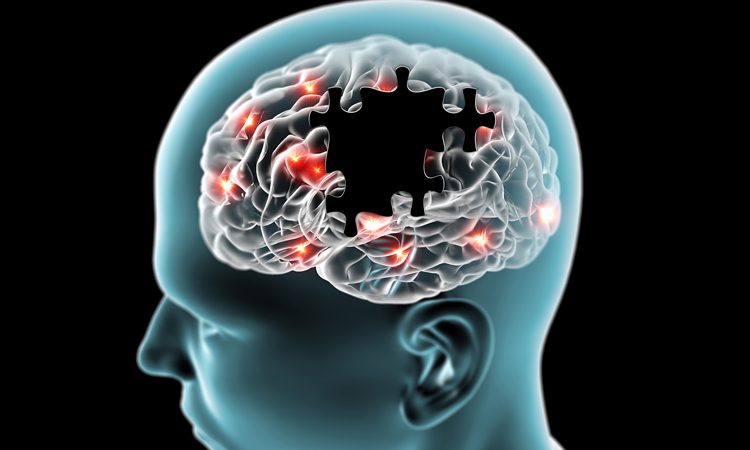Network modelling reveals a potential new Alzheimer’s therapy
Posted: 25 November 2020 | Hannah Balfour (Drug Target Review) | No comments yet
Researchers used integrative network biology analysis to identify the molecular mechanisms that may drive Alzheimer’s and identified a potential therapeutic intervention.


A new study exploring the molecular mechanisms driving late-onset Alzheimer’s Disease (LOAD) has identified that several genes are dysregulated in LOAD patients and that a drug compound, NCH-51, can normalise them.
LOAD is the most prevalent form of dementia among people over age 65. The progressive and irreversible neurodegenerative disorder affects more than 5.5 million people in the US and the sixth leading cause of death.
The team said that while previous genetic and genome-wide association studies (GWAS) had identified some genetic mutations associated with LOAD, the causal variants of the disease had not been characterised.
In their study, the researchers sought to explore the molecular mechanisms driving the pathogenesis of LOAD. To achieve this goal, the team performed an integrative network biology analysis of a whole genome and RNA sequencing dataset from multiple cortical brain regions of hundreds of donors, both healthy and with LOAD. They discovered thousands of molecular changes and numerous neuron-specific gene subnetworks are dysregulated in LOAD.
The team also predicted that LOAD patients may have a deficit of ATP6V1A, a protein-coding gene which plays a major role in a critical signalling pathway in the brain. Their hypothesis was tested using two different techniques: a CRISPR-based technique to manipulate ATP6V1A levels in human donor-matched brain cells in vitro and in RNAi-based knockdown in transgenic Drosophila models. In the latter, the desired genetic material is artificially introduced into flies and then specific genes are effectively silenced to study the effects.
The researchers reported that in both models, the deficit of ATP6V1A worsened LOAD-related neurodegeneration. When combined with β-amyloid (a neuropathological hallmark of AD), repression of ATP6V1A in the CRISPR-based model dramatically impacted neuronal function. In Drosophila, the ATP6V1A deficit exacerbated both β-amyloid-mediated toxicity and tau-mediated axon degeneration.
In response to the findings in Drosophila the senior author of the study, Dr Koichi Iijima, Head of the Department of Alzheimer’s Disease Research at the National Center for Geriatrics and Gerontology, Japan, said: “This finding suggests that ATP6V1A may have broad neuroprotective effects and serve as a potential therapeutic target for other tau-related neurodegenerative diseases.”
The team also suggested that a drug compound called NCH-51 may be able to normalise the dysregulated genes in LOAD, including ATP6V1A. In both model systems outlined above, NCH-51 improved the neuronal and neurodegenerative effects of the ATP6V1A deficit.
the study’s lead author, Dr Bin Zhang, Professor of Genetics and Genomic Sciences at the Icahn School of Medicine at Mount Sinai Hospital, US, and Director of the Center for Transformative Disease Modeling, said: “Our study advances the understanding of LOAD pathogenesis by revealing not only its global structures, but detailed circuits of complex molecular interactions and regulations in key brain regions affected by LOAD. The network models we created serve as a blueprint for identifying novel therapeutic targets that respond directly to the urgent need for new ways to prevent, treat and delay the onset of LOAD.”
Dr Kristen Brennand, Associate Professor of Genetics and Genomic Sciences, Mount Sinai, and co-author of the study, added: “The human-based system we created proved to be a promising way to model the mechanisms underlying risk and progression in diseases like LOAD where living tissues are not available.”
Dr Zhang concluded that the human-based system could have significance beyond just LOAD: “We have created a framework for advanced modelling of complex human diseases in general and that could well lead to the discovery of molecular mechanisms and the identification of novel targets that are able to deliver transformative new therapeutics.”
The study was published in Neuron.
Related topics
Analysis, Cell-based assays, Disease research, Drug Leads, Drug Targets, Genomics, In Vitro, Neurons, Neurosciences, Therapeutics
Related conditions
Alzheimer's disease (AD)
Related organisations
Icahn School of Medicine at Mount Sinai Hospital, National Center for Geriatrics and Gerontology
Related people
Dr Bin Zhang, Dr Kristen Brennand


